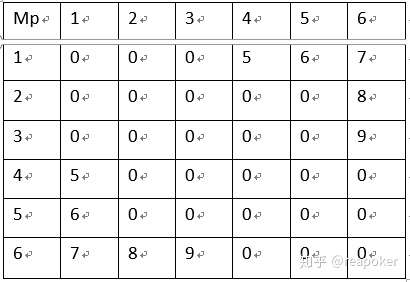https://blog.csdn.net/Binary_Heap/article/details/78209086
1.链式向前星存图 / 邻接表
//#pragma GCC optimize(2)
#include <cstdio>
#include <iostream>
#include <cstdlib>
#include <cmath>
#include <cctype>
#include <string>
#include <cstring>
#include <algorithm>
#include <stack>
#include <queue>
#include <set>
#include <map>
#include <ctime>
#include <vector>
#include <fstream>
#include <list>
#include <iomanip>
#include <numeric>
using namespace std;
typedef long long ll;
const int MAXN = 1e6 + 10;
struct EDGE //边
{
int next; //下一条边
int to; //本边指向节点
int val; //权
}edge[MAXN];
int head[MAXN]; //以I为头节点的最后一条边地址 对应edge[I]
int cnt = 0; //edge计数
void add(int x, int y, int z)
{
edge[++cnt].next = head[x];
edge[cnt].val = z;
edge[cnt].to = y;
head[x] = cnt; //以I为头节点的最后一条边地址 对应edge[I] 覆盖更新 保证最后一条
}
void puts()
{
int st;
cin>>st;
for(int i = head[st]; i != 0; i = edge[i].next) //链式向前星的遍历 从尾至头
{
printf("start:%d
", st);
printf("end:%d
", edge[i].to);
printf("val:%d
", edge[i].val);
}
}
int main()
{
ios::sync_with_stdio(false);
cin.tie(0); cout.tie(0);
int n, m, s, x, y, z;
cin>>n>>m>>s;
for(int i = 0; i < m; i++)
{
cin>>x>>y>>z;
add(x, y, z);
}
puts();
return 0;
}2.vector实现邻接表
#include <cstdio>
#include <iostream>
#include <cstdlib>
#include <cmath>
#include <cctype>
#include <string>
#include <cstring>
#include <algorithm>
#include <stack>
#include <queue>
#include <set>
#include <map>
#include <ctime>
#include <vector>
#include <fstream>
#include <list>
#include <iomanip>
#include <numeric>
using namespace std;
typedef long long ll;
const int MAXN = 1e6 + 10;
ll n, m;
struct node
{
int to, val;
};
vector <node> edge[MAXN];
void init()
{
for(int i = 0; i < MAXN; i++)
edge[i].clear();
}
void add(int x, int y, int z)
{
node tmp;
tmp.to = y;
tmp.val = z;
edge[x].push_back(tmp);
}
void puts()
{
int st;
cin>>st;
for(int i = 0; i < edge[st].size(); i++) //链式向前星的遍历 从尾至头
{
printf("start:%d
", st);
printf("end:%d
", edge[st][i].to);
printf("val:%d
", edge[st][i].val);
}
}
int main()
{
ios::sync_with_stdio(false);
cin.tie(0); cout.tie(0);
int n, m, s, x, y, z;
cin>>n>>m>>s;
for(int i = 0; i < m; i++)
{
cin>>x>>y>>z;
add(x, y, z);
}
puts();
return 0;
}3.
邻接矩阵
如果我们想把图存下来,那么最直观的想法开个矩阵G[n][n] (n为点的个数)。G[i][j] 表示i到j的权值。这就是邻接矩阵啦。

观察上表可以发现,对于第i行来说记录的是i号点出发所能达到的地方,对于该行第j列来说如果i可以到达j,Mp[i][j]记录的就是一个正数,表示距离,如果为零,表示无法到达。
可是从上面的表格我们会发现一个问题,为了记录第i个顶点能去哪里,我们用了一行的空间,为每个点都安排了空间,但是事实上我们完全没必要浪费这些空间,因为我们关心的是我从i出发能到哪些点,而对于那些无法到达的点,我们并不关心,因此也就不必记录啦。由此引出了邻接表的概念。

